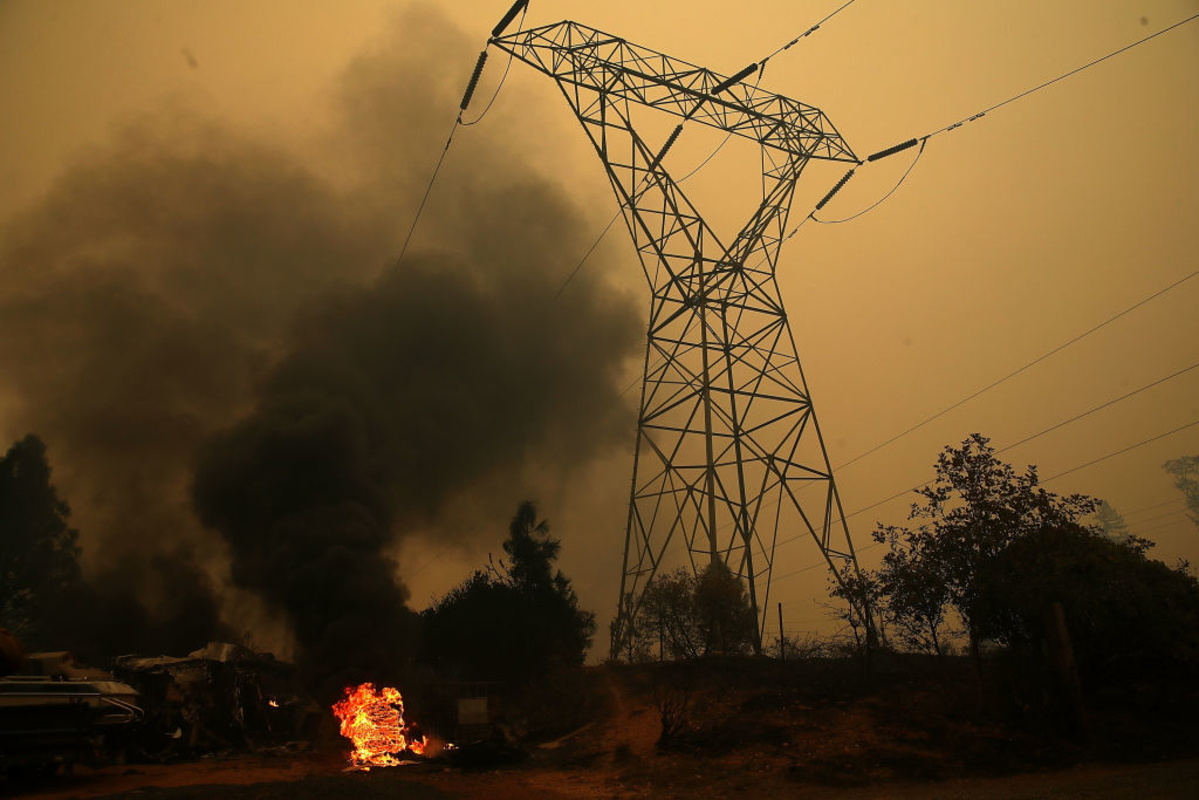The new state agency -- charged with determining if PG&E qualifies to draw from a $21 billion fund to offset wildfire costs -- wants the utility to first detail how it plans to get atop a growing maintenance backlog heading into the heart of fire season.
The state Office of Energy Infrastructure Safety – created by state lawmakers in 2019 after PG&E went bankrupt – is currently reviewing PG&E's three year wildfire mitigation plan. The agency must approve PG&E's plan before it can apply for the wildfire fund to help compensate victims and offset costs.
NBC Bay Area's Investigative Unit previously reported that the utility faces a 170,000-case maintenance backlog in high fire threat areas. The state agency recently referred to that “significant” and "growing" repair logjam as among the "critical issues" in the utility's proposed plan to ease the risk of wildfires.
"The threat is continuing to build," said the safety agency’s director, Caroline Thomas Jacobs, who stressed the need to make sure that the utility goes beyond the vague promises outlined in its initial proposal before any final plan is approved.
Get a weekly recap of the latest San Francisco Bay Area housing news. Sign up for NBC Bay Area’s Housing Deconstructed newsletter.
"We need to be able to see that they are building the capacity, the personnel, the equipment, the supply chain, the time, the money -- that they have all the resources in place to be able to repair the issues and maintain the system," Thomas Jacobs said in a recent interview.
Earlier this month, PG&E assured the agency that its newly revised plan would clear the entire backlog by 2029, thanks to a $300 million strategy that relies on "bundling" and accelerating outstanding repairs.
In a statement, the utility said its system “has never been safer, and we continue to make it safer every day."
But Thomas Jacobs worries that PG&E keeps discovering more maintenance problems as it deals with the existing backlog. "There needs to be at least a minimum quantity of repairs that they're doing, as well as the risk reduction - and that's what we're asking for," she said.
Utilities have long had a built-in incentive to shortchange maintenance, according to one former state utilities commission regulator.
"This is something that's been an historic problem," said Steven Weissman, a former CPUC administrative law judge who now teaches public policy at UC Berkeley. "There's arguably -- at least in the long run -- much more of an incentive to invest in new equipment and new facilities than to spend more dollars on maintenance."
"Any money that they don't spend from that pool of funds," Weissman added, "they could put in their pockets and it helps their net earnings."
But PG&E says while it is focusing on undergrounding 10,000 miles of its distribution system in the long-term -- along with aggressive tackling of the backlogged repairs -- it is also employing "Fast Trip" – a new technology that immediately shuts power at the first sign of trouble so as to avoid fires.
Last year, the utility said that technology helped cut equipment-sparked fire acreage by 99%, compared to the previous three-year average.



